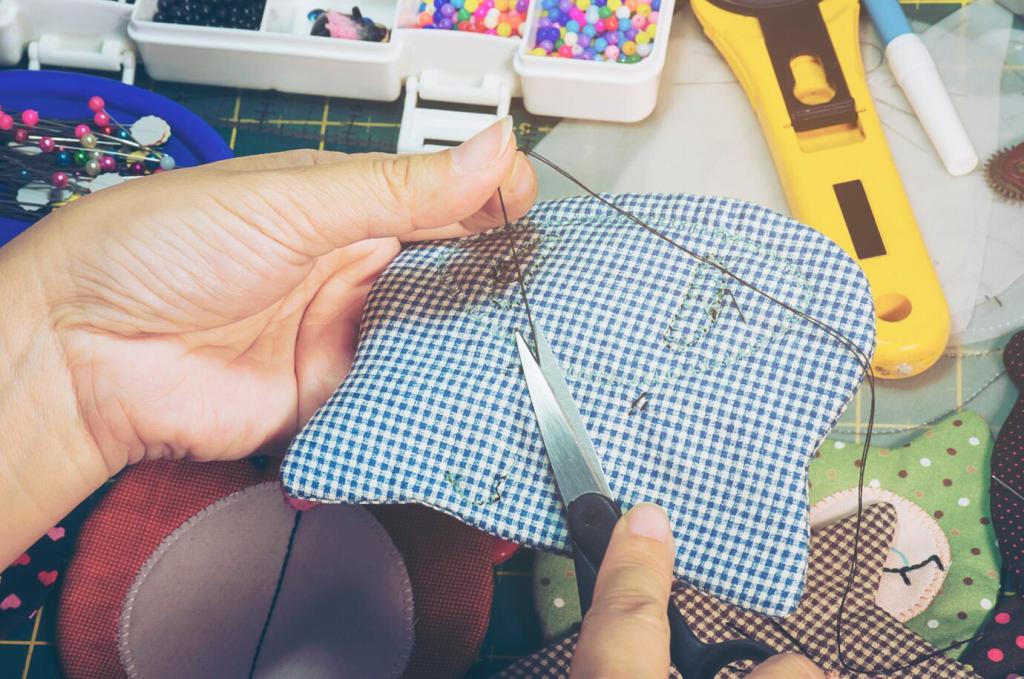Circular Economy in Clothing Recycling: A Wardrobe That Comes Full Circle
Today’s chosen theme: Circular Economy in Clothing Recycling. Explore how thoughtful design, smart systems, and everyday choices can keep garments in use longer, reduce waste, and build a fashion future that truly regenerates.

Why Circular Economy in Clothing Recycling Matters Now
Every second, a truckload of textiles is landfilled or incinerated, squandering energy, water, and labor embedded in our clothes. Embracing circular economy in clothing recycling transforms waste into feedstock, cutting emissions while honoring the effort behind every seam and stitch.
Design for Durability and Disassembly

Using a single dominant fiber and limiting complex blends speeds recycling and improves quality of recovered fibers. Thoughtful trims—like removable buttons, zippers, and labels—make disassembly easier, ensuring each component finds a productive second life instead of becoming contamination.
Materials and Technologies Powering Textile-to-Textile
Post-consumer cotton can be fiberized and respun when collected and sorted correctly. While fiber length often shortens, blending with responsibly sourced virgin fibers restores strength, proving circular economy in clothing recycling works at material level with careful quality control.


Materials and Technologies Powering Textile-to-Textile
Polyester depolymerization and emerging cellulose regeneration technologies separate complex blends into near-virgin inputs. These processes demand clean streams and data-rich labeling, but they unlock high-quality textile-to-textile cycles that reduce dependency on fossil-derived or land-intensive virgin materials.
Neighborhood drop points, mail-back programs, and event-based drives keep textiles out of trash. Clear instructions and feedback—like where items go next—turn a quick handoff into a shared mission. Tell us your ideal collection setup, and we’ll feature community-tested ideas.



Circular Business Models That Work
Quality grading, honest photography, and clear sizing reduce returns and raise satisfaction. Add repair and cleaning before listing, and you elevate value while keeping garments in circulation longer. Comment with your best resale find and why you still love it.
Circular Business Models That Work
Rental shines for special occasions and maternity or size transitions. The key is durable garments and efficient logistics. When cleaning is optimized and transport minimized, rental complements recycling by prioritizing utilization over accumulation, maximizing each piece’s time in the spotlight.
Policy, Standards, and Shared Infrastructure
Well-designed EPR funds local infrastructure, rewards repair and reuse, and sets clear targets for textile-to-textile outcomes. Transparency dashboards and stakeholder oversight keep the system fair so everyone benefits, especially communities closest to waste and manufacturing.


Policy, Standards, and Shared Infrastructure
Common definitions for durability, recyclability, and data sharing reduce friction. When brands, recyclers, and platforms speak the same language, garments move smoothly through circular pathways. Tell us which labels confuse you most, and we’ll build a reader-friendly guide.
A Jacket’s Circular Journey: An Anecdote
Bought secondhand, the denim jacket arrived with frayed cuffs and a note tucked in the pocket: “Mended twice, still strong.” After a gentle wash and a patch or two, it became a reliable friend on autumn walks and spring road trips.

